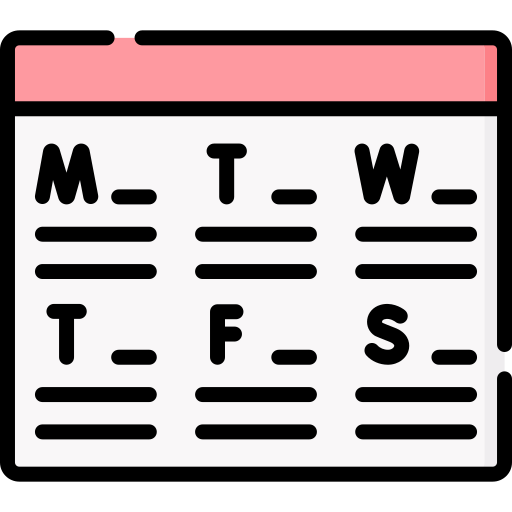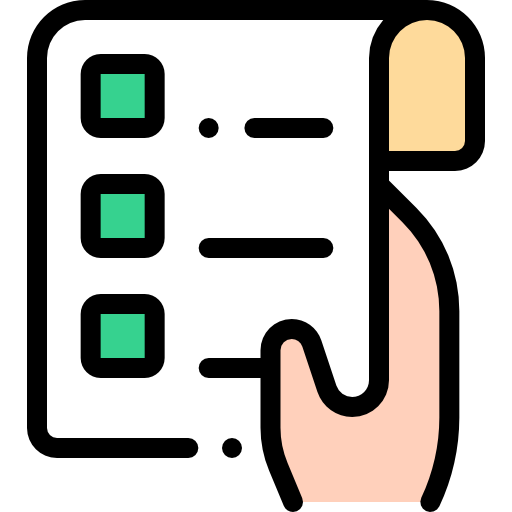
This logo isn't an ad or affiliate link. It's an organization that shares in our mission, and empowered the authors to share their insights in Byte form.
Rumie vets Bytes for compliance with our
Standards.
The organization is responsible for the completeness and reliability of the content.
Learn more
about how Rumie works with partners.
Do you have trouble getting through your to-do list every week?

Time blocking can help you carve out focus time to get more stuff done!
Time Blocking is ...
...when you schedule a block of time to focus on a specific task.
For example, instead of stopping every few minutes to answer emails as they come in, you can schedule 1 hour a day to answer all emails at once.
Without time blocking
Have a long to-do list that you complete when you get to it.
Start your day overwhelmed about how you’re going to get everything done.
Spend time throughout the day figuring out what to do next.
With time blocking
Scheduled blocks of time to do each specific task or group of tasks.
Start your day with a schedule of what you’ll get done and when.
Spend your day focused on getting stuff done.
Prioritize Tasks For The Week
List everything you need to get done this week and the due dates for each task. Then estimate how long it will take you to complete each task.

Use the Eisenhower Decision Matrix to pick the important and urgent tasks you need to tackle this week.
Did you know?
Block Non-negotiable Meetings

Grab your calendar and note all meetings you’re required to attend.
If you can, mark them all the same bright color (like red) so it’s easy to see them at a glance. Mark optional meetings in a different lighter color (like gray or yellow).
Find Or Create Focus Time Blocks

Look at the rest of your calendar and find open times of at least 1-2 hours.
These will become your focus time blocks to schedule your tasks.
Did you know?
Block Times Per Task

Schedule the tasks you need to get done into the available focus time slots.
Yes! You’ll actually schedule meetings with yourself to block your calendar so no one sneaks in an extra meeting.
Did you know?
Review And Adjust

At the end of each day, review your progress and how long it actually took you to complete each task.
Note which planned tasks you didn’t get to finish or start, or if you finished some sooner.
Adjust your time blocks and time estimates for the rest of the week accordingly.
Let's Try It
You start work at 8 am and leave at 5 pm. Review your schedule and priorities for the day.
 Today's Meetings
Today's Meetings
9 am — Weekly product update (1 hr)
10 am — Brainstorming session (2 hrs)
12 pm — Lunch (1 hr)
2 pm — Weekly 1:1 with coworker (1 hr)
 Today's Priorities
Today's Priorities
Answer emails (30-60 minutes)
Review expense reports (1 hour)
Create presentation for boss (3 hours)
Quiz
What's the BEST way to carve out focus time to work on the presentation? Check all that apply.
Your best option is to ask your coworker if they can reschedule your 1:1 meeting and block the afternoon to work on the presentation uninterrupted in case it takes longer. This still leaves time for any urgent emails before you go home. 3-6 pm would require you to work overtime, so it's not great if you have after-work commitments. Splitting the 3 hours into 2 blocks may not be as productive, as you'll lose time transitioning between tasks and meetings.
Take Action

Take control of your schedule and get more stuff done with time blocking!
Check out these related bytes:
This Byte has been authored by
Kitzzy Avilés
Instructional Designer, Leader and Facilitator
Master's Degree

